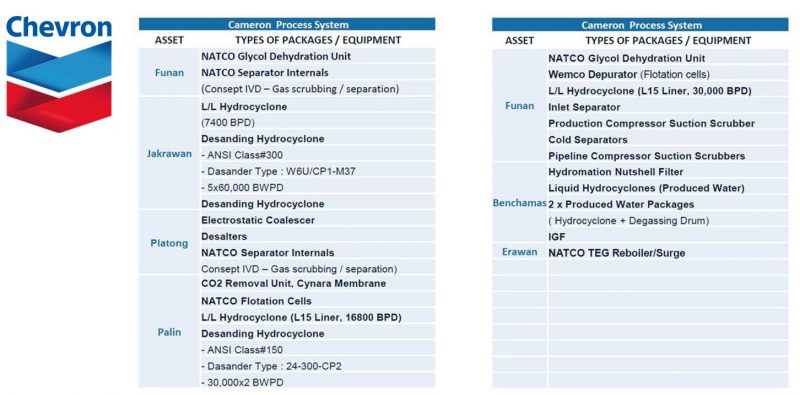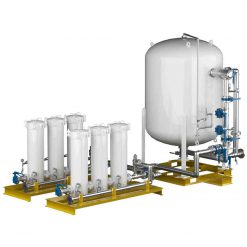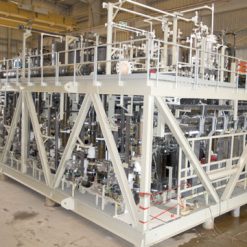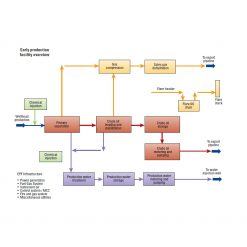Overview – Reverse Osmosis Systems for removing dissolved salts from seawater
-
Use seawater without introducing salts into your process or formation
In order to avoid potential reactions between formation and seawater borne salts, water used for injection should be processed to remove impurities. Reverse osmosis filtration is the industry standard method for removing dissolved solids such as salts from process water. Schlumberger reverse osmosis systems are equipped with a clean-in-place system for cleaning the membranes, which are packaged in individual fiberglass-reinforced plastic housings.
We have years of design expertise and installation experience that enable us customize a reverse osmosis system to meet the specific requirements of your project. By creating a full custom process, design fluxes can be optimized, and the number of membranes needed can be reduced when used in conjunction with other Schlumberger technologies such as a Polymem UF seawater ultrafiltration system. Furthermore, designing with our full range of technologies enables us to provide a full-system process guarantee, rather than just for individual equipment items.
-
Special features:
- Maintain formation chemistry: Remove scale-forming salts before injection
- Customize design: Experts craft a fit-for-purpose process for your project
- Guarantee a process: Not just a single piece of equipment
Application of Reverse Osmosis Systems
Reverse osmosis (RO) is a process to separate salt and contaminants out of the water by using a high pressure on the salt side of the RO to push the water through a semipermeable membrane which traps salts and other contaminants and allow the small molecules of the water pass very easily. The salt concentration of the feed water determines the amount of required pressure to overcome osmotic pressure.
The salts and other contaminants are discharged through reject stream to drain or able to be fed back to the feed water supply for recycling to save water. The low concentration of salts or permeate water flows to the next process.

Project Reference


Brochure
Download





